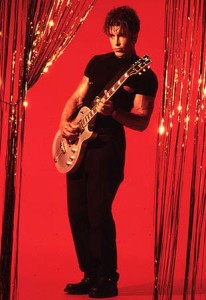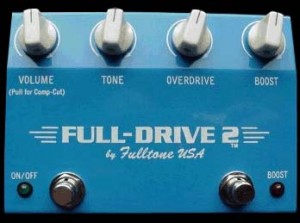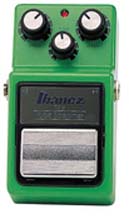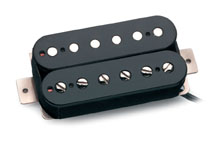 George Lynch remains one of the great rock stylists of our time. With a history that stems from his early work throughout the ’80s with Dokken, to various solo albums as well as with his current group, Lynch Mob, George Lynch continues to forge ahead and explore various new territories of rock musical styles and tone.
George Lynch remains one of the great rock stylists of our time. With a history that stems from his early work throughout the ’80s with Dokken, to various solo albums as well as with his current group, Lynch Mob, George Lynch continues to forge ahead and explore various new territories of rock musical styles and tone.
With two new albums out and multiple projects ahead, George was kind enough to take time away from his hectic recording and touring schedule to give LegendaryTones the low-down on his music as well as the topics of tone, technique, and the future. Check out his site at www.georgelynch.com and enjoy!
Continue reading



